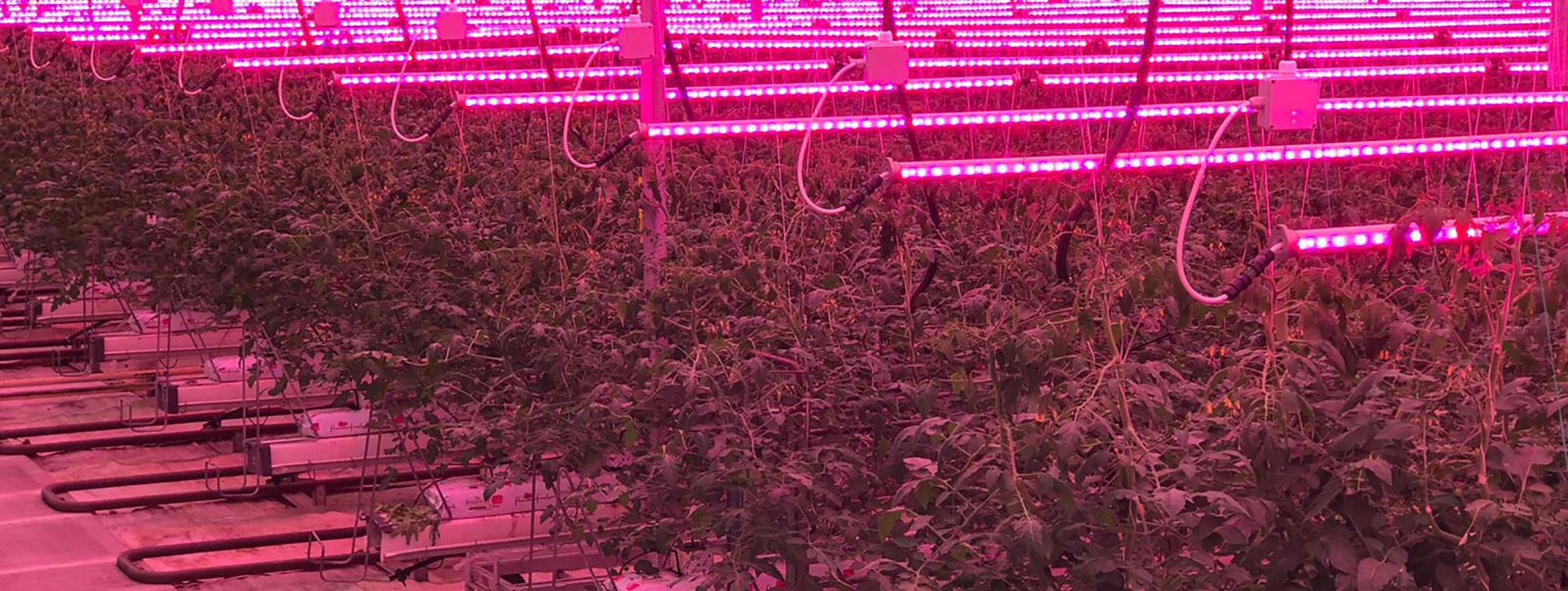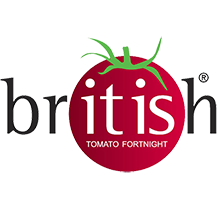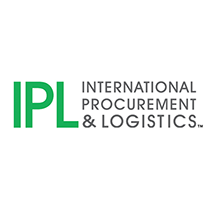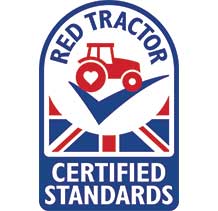Using hydroponic growing methods across the facilities ensures consistent high-quality and premium yields in appearance, taste and size.
Glasshouses are maintained at constant temperatures. As part of our considerable environmental commitments, all CO2 generated is reclaimed and reused to heat the rainwater harvested on site. This in turn is used to maintain overnight glasshouse temperatures, aiding photosynthesis and increasing yields.
Harvested rainwater is used across 70% of the business. Rich in nutrients and perfect for irrigation, its pH balance is ideal too. Growing media is a combination of coconut fibre and loft insulation – a clean, sterile mix that retains moisture well.
Screening
Our latest modern glasshouses use the most modern “Crystal glass “available. The more light, the better the flavour. The majority of all our glasshouses also use the latest in energy saving screening, helping to reduce heat usage on the coldest nights by up to 35%.
LED
LED (Light Emitting Diode) have transformed growing methods globally. Efficiently enabling our replication of natural light levels throughout the Winter means consistently high-flavoured juicy tomatoes all year round. This also allows a significant reduction in food miles as we continue to produce locally for early December harvests with our own all year-round production.
Robotics
Leading the way as pioneers of robotic trials in the food produce realm, we are continuing extensive tests using Xihelm technology. This is setting the standards for greenhouse development and enables us to fully explore the potential of robotics and the resulting data to help us advance in this realm.
Computerised Monitoring
Our high-tech computer system measures conditions such as water, humidity, light levels, temperature. This enables high precision growing, controlling irrigation and temperature based on what the plants need.
Re-Circulation
Every drop of irrigation and rainwater run-off is collected in our closed re-circulation system. Capturing, filtering, cleaning and re-using this water prevents unnecessary excesses of this nitrate-rich water running into local water courses. We have had great success establishing water voles – a testament to our water management.
Slowly filtering and sterilising the water renders it reusable on site as its pH balance and content remains ideal for ongoing irrigation. So, less impact on the environment, reduction in labour in water management and a reduction in costs, not only in water but in fertiliser and pH controls.
CHP (Combined Heat and Power)
At Flavourfresh, we have four CHP (Combining heat and power) engines on site acting as mini power stations. These generate “green electricity” as its CO2 emissions are reclaimed and recycled and the engines’ excess heat is reused to maintain glasshouse warmth.
This is a win-win for production efficiencies and yields. The CO2 generated helps with photosynthesis and healthy yields and replaces the costly use of liquid CO2 and the electricity savings which gives us an efficient system at a fraction of the cost – and a big bonus to the environment too.













